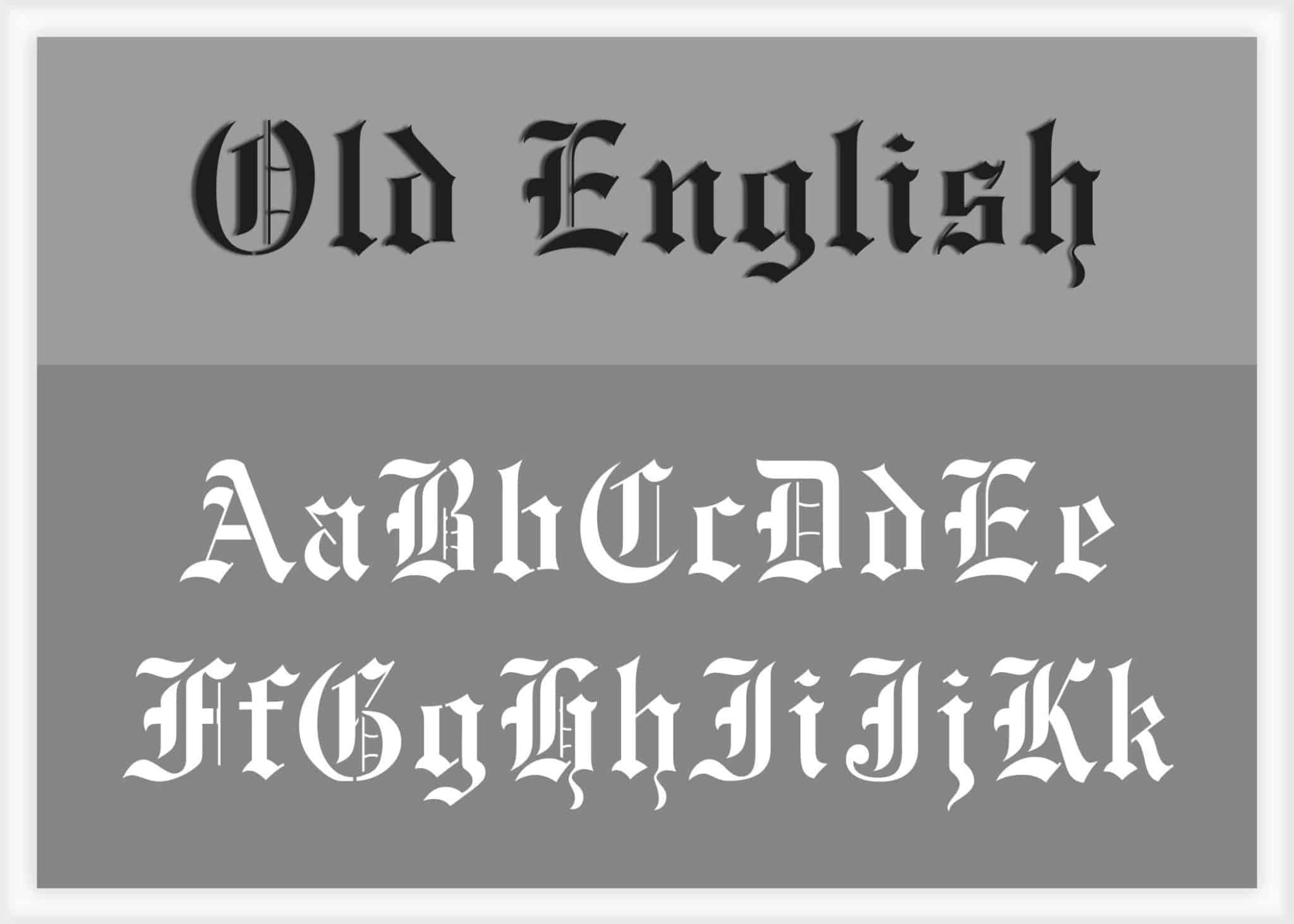


In Old English it is used interchangeably with thorn a word written with a thorn will be written with an eth somewhere else on the page.

This survives in the pseudo-archaic usage “ye olde…”, which in the modern alphabet should really be written “the old.” In later use the letter often lost its ascender, coming to look much like the letter wynn (see below) or the letter Y. Thorn continues to be used well into the Middle English period. Thorn originated in the Old English runic alphabet known as futhorc and survived the transition to the Latin alphabet. It has a /th/ sound and can be pronounced as a voiceless interdental fricative, as in thick or as a voiced dental fricative, as in the. The first of these unfamiliar letters is Þ, þ. These do not exist in the original texts and can usually be ignored. Modern versions of Old English texts frequently add diacritical marks, usually as an aid in pronunciation (or, more accurately, an aid in how the transcriber thinks the words were pronounced). Less obvious is the fact that some modern letters are absent from Old English texts. These put people off, although they are not difficult to master. It has, to the modern English speaker, some odd characters. One of the daunting things about looking at Old English text is the alphabet.


 0 kommentar(er)
0 kommentar(er)
